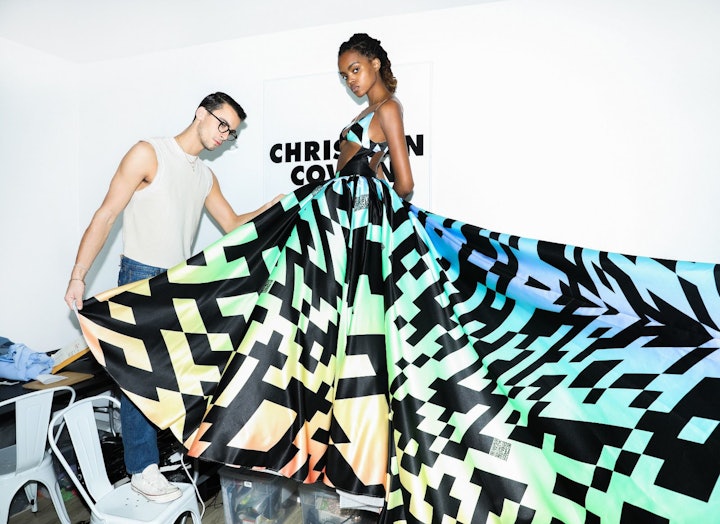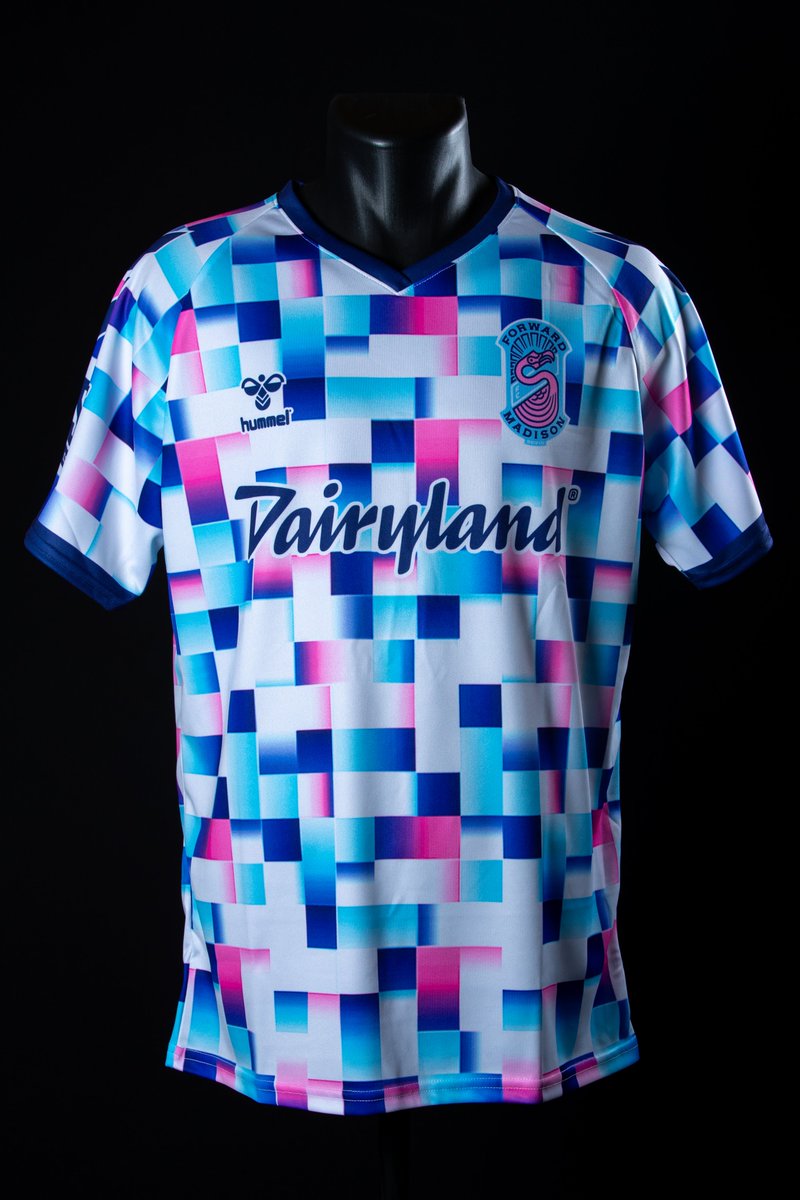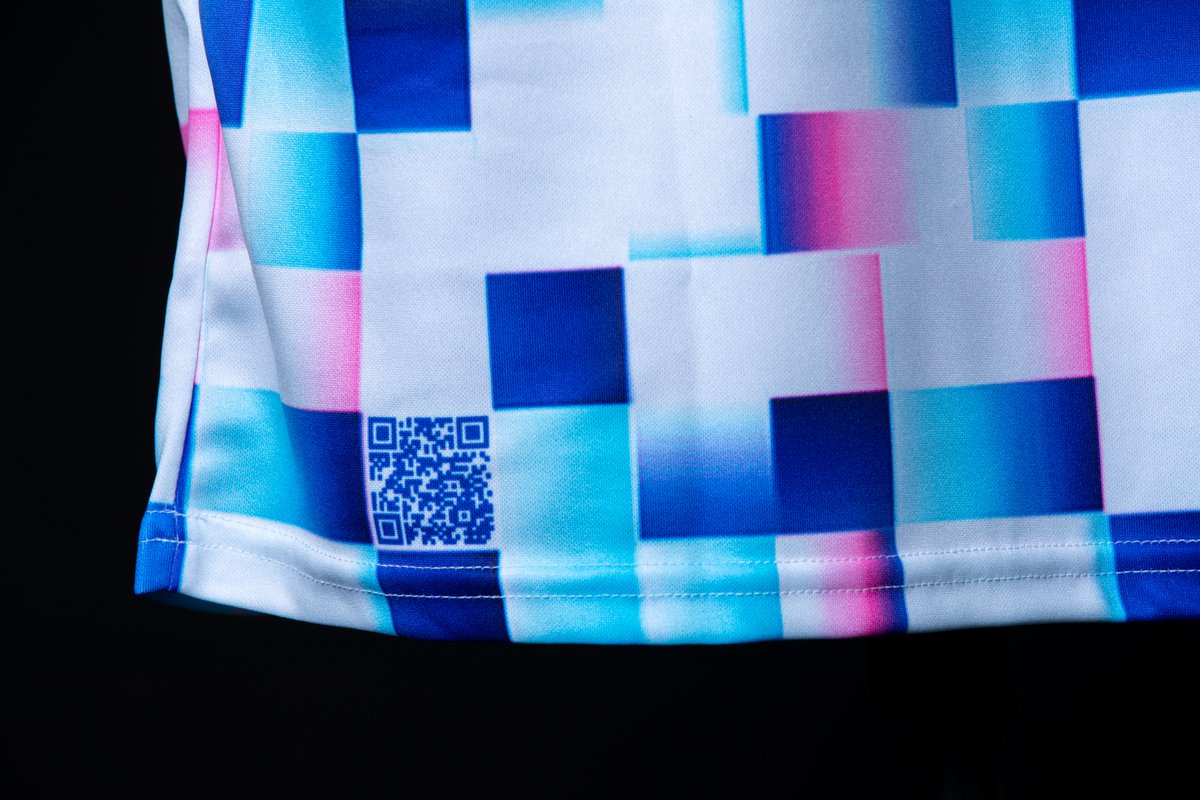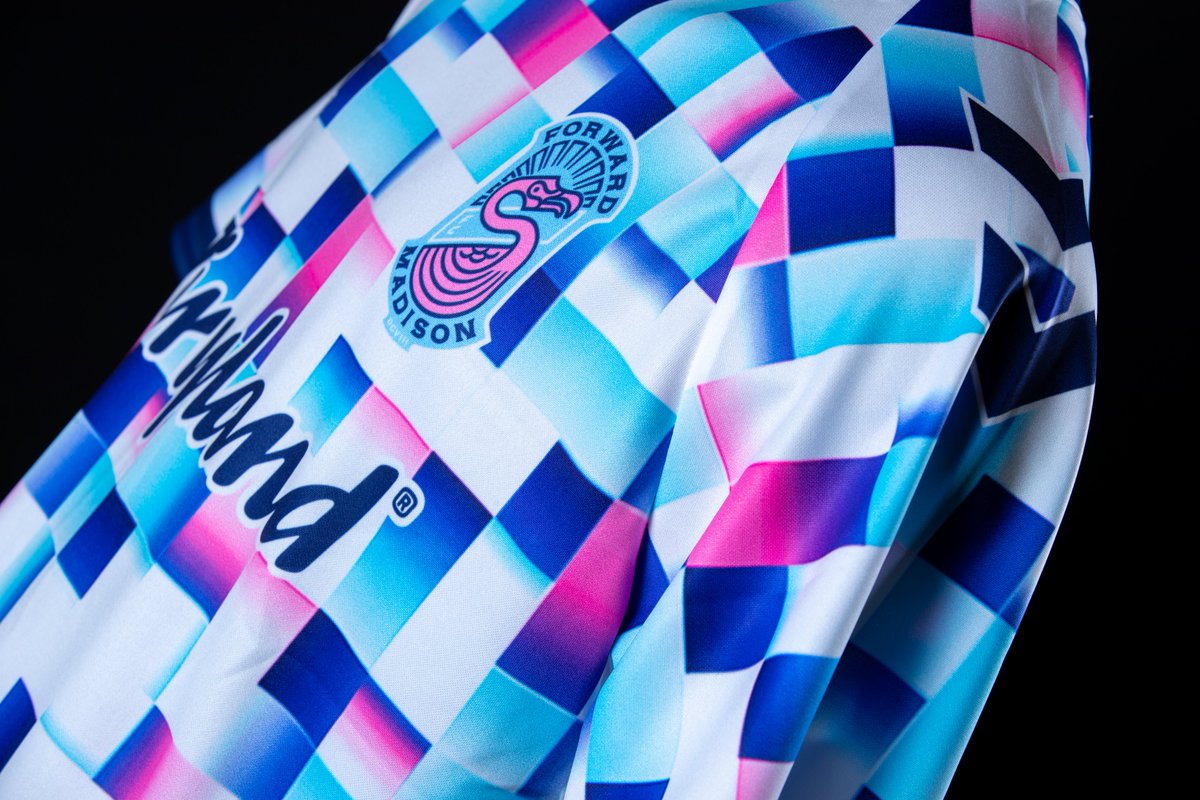
We’ve talked about how QR code integration has picked up speed during the pandemic—proving to be a great way to share information broadly and with relative ease. With most of the world’s population owning smartphones, and QR code readers integrated into most devices, they’re an easy way to direct people to instructional videos, product pages, websites, and more.
As companies continue to get creative with utilizing this technology, we’re seeing QR codes pop up in different ways. The latest? QR code-integrated clothing and apparel. Fashion and apparel companies are utilizing QR codes as a design element, further engaging consumers with their physical goods. We’re seeing this at every level of fashion, and notably among high fashion brands, but Football Club Forward Madison even integrated a QR code program into their jerseys for fans this year, allowing fans to scan and purchase a beer for another fan of the team.



Originally tweeted by Forward Madison FC (@ForwardMSNFC) on August 28, 2021.
Within the fashion world, an industry that’s riddled with counterfeit issues, the integration of blockchain-protected QR codes into the design of an item creates a new level of brand awareness—one that centers around hyper-uniqueness and authenticity.
Overpriced.™ considers itself to be the “world’s first true NFT-driven fashion brand.” Their first physical clothing piece is linked to a “patent-pending scannable V-code,” which allows a person to “wear, authenticate, and show off their unique NFT in public.”
“If at any point the hoodie is lost, stolen, damaged, or sold, the V-codes can be invalidated and a new hoodie will be shipped to the new owner’s address of choice, thus becoming the new authentic piece,” the company explained. Essentially, it considers its pieces to “wearable art.”
The first Overpriced hoodie with NFT integration sold for $26,000. According to Business Insider, a “non-fungible token (NFT) is a unique digital asset that represents ownership of real-world items like art, video clips, music, and more.” The ability to publicly prove the authenticity of a high-end item only increases its value, because it affirms social capital.
Integrating QR codes and other scannable identifiers into clothing can also allow consumers to engage with the designer’s vision for the garment. While QR codes first made a big splash at New York Fashion Week in 2011, their resurgence during COVID prompted them to resurface in high fashion as well. Designer Christian Cowen “incorporated interactive touchpoints to the collection, like a sprawling multi-color gown with scannable QR codes.”
“We worked with Yahoo to create these QR code prints that you can scan. And then it gives the person at home a designer walkthrough of the collection, like they’re an editor,” Cowan says.
With the counterfeit market growing every year, designers are taking control of the market utilizing blockchain technology and unique identifiers like QR Codes. Not only do these tools validate authenticity, thereby increasing brand trust, they also help consumers further connect with products and create a unique experience in doing so. Vi3’s tools integrate with scannable QR code technology to ensure you’re making the most of your consumer engagement tools. V Connect allows you to connect directly to consumers via the QR Code on your products. Connect, educate, and cross-promote, with Vi3.